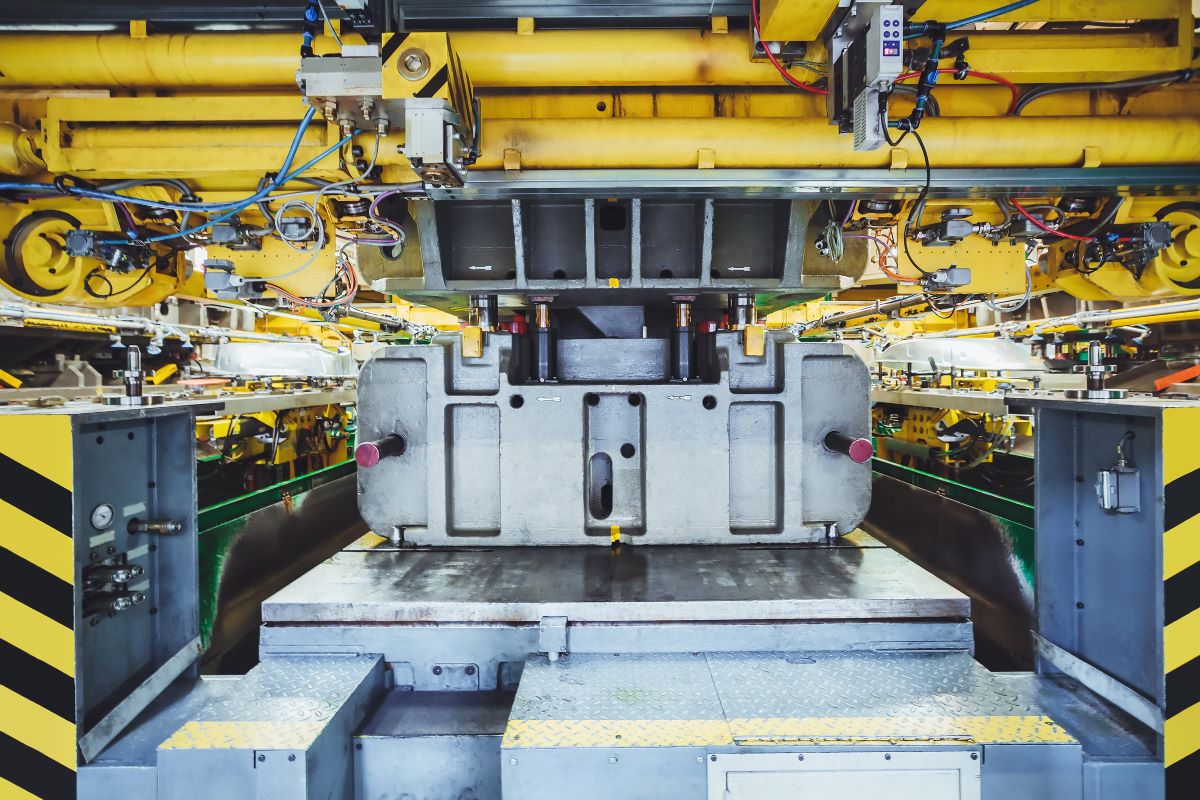Telmex mogul Carlos Slim retrenched 40% of his workforce because of automation. Apple’s iPhone manufacturer, Foxconn, is using Foxbots. It also plans to replace 30% of its workers with robots. Last year’s World Economic Forum focused on quantum computing, which will design and manufacture pharmaceuticals and chemicals using artificial intelligence (AI). The forum also threshed out the importance of gaining a deeper understanding of how AI can change industries.
Many techno-pessimists fear that AI and algorithms can soon replace human labor. This happened during the Industrial Revolution when many blue- and white-collar workers lost jobs because machines can do them better already. In fact, Queen Elizabeth I denied William Lee, the inventor of the first stocking frame knitting machine, a patent because she fears what this would mean to the job market. Of course, Lee went on to receive support from France’s King Henry IV instead.
French manufacturing companies that used the knitting machine didn’t retrench their workers. They retrained them instead to use the machines. They worked faster. The work also became easier for them. This is the same principle one should apply when using technology in the business.
From Parking Lots to Actual Sales
Businesses use automation from the moment the customers entered the parking area to the time they checked out the items at the cashier. Parking lots are now equipped with a license plate tool that reads the license plants of the cars in the lot. The purpose of automating this process is to make it easier for the parking attendants to detect if the car has previous violations in terms of overstaying or if the car once parked in the handicapped parking space.
Customers then pass through the entrance doors manned not by security guards, but by metal detectors that set off an alarm when it detects something suspicious in the customer. Today, because of the coronavirus, some shops opted to put a sanitation area at the entrance, too. The sanitation area has an automated thermometer checker and an automated sanitizer spray.
When customers begin to browse through the items, they can ask a sales representative for more sizes, colors, and stock. How do the salespeople check if an item is still available? They have a handy gadget to check what they have in the inventory. In some stores, they use robotics to send an item to a specific area. This eliminates the need for employees to run to the stockroom to get the specific item.
And once the customers are ready to pay, some stores have a self-checkout counter. Customers will need to scan the items, pay for them with their credit cards, and pack the items themselves. Of course, there’s always a security component to this, so customers won’t take more than what they paid for.
From parking to paying for the items, customers and businesses use technology. Most people think that technology in businesses refers only to robots. It’s a whole system. Even tech-pessimists are using technology to be pessimistic about technology. Where do they publish white papers against these tech changes? Isn’t it on the internet? But isn’t the internet one of the core components of technology? The interconnectedness that the internet provides is one of the main reasons why businesses can share data and people can connect easily.
There Is Always a Human Component
Believe it or not, but industries will never not need humans. Sure, businesses have to retrain their employees in using these various tools, software, and programs, but that doesn’t mean that they will completely eliminate the human component of running the business. Because no matter how great technology seems, it is still dependent on the humans that made it.
The world’s dependence on artificial intelligence also carved a new niche for manual labor. Websites like Etsy, for example, operate on the premise that its items are either handmade or at least, not mass-produced. Made-to-order products have become more exclusive. Those offering made-to-order or handmade dresses, for example, charge more than big brands that mass-produce items do.
The fear of losing work opportunities is real especially at a time when these chances are hard to come by. But like with many things, humans need to adjust to the advancement in society, technology, laws, and science. People need to learn how to share responsibilities and adapt to these fast changes.
There is no stopping automation when it comes to businesses. Why should they? Technology in business is cost-efficient. Isn’t that what all businesses want? To save time and money while churning out great products and services. Now, it is up to people to keep up with these changes by retraining themselves and reevaluating their skills.



